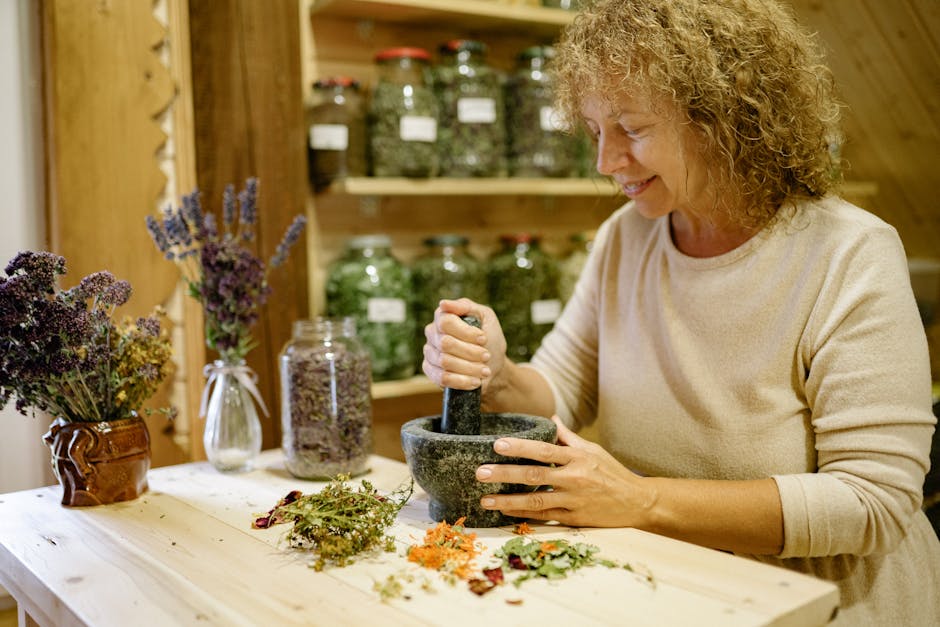Banish Those Pesky Gnats! Effective Home Remedies to Eliminate Fruit Flies and Fungus Gnats
Gnats. Those tiny, annoying insects that seem to appear out of nowhere, buzzing around your kitchen or bathroom, and generally making a nuisance of themselves. Whether you’re battling the common fruit fly or the persistent fungus gnat, these uninvited guests can be incredibly frustrating. But before you reach for harsh chemical insecticides, consider these effective and natural home remedies to get rid of gnats for good.
Understanding Your Gnat Enemy: Fruit Flies vs. Fungus Gnats
Before we delve into solutions, it’s important to identify the type of gnat you’re dealing with, as different strategies often work best for different species. The two most common household gnats are fruit flies and fungus gnats.
Fruit Flies: The Overripe Fruit Fanatics
Fruit flies are small, dark-bodied flies drawn to fermenting fruit, vegetables, and other sugary substances. They tend to breed quickly in damp, decaying organic matter, making your kitchen sink, trash cans, and even overripe fruit bowls prime breeding grounds. Their presence often signals a sanitation issue.
Fungus Gnats: The Soil-Dwelling Sneak
Fungus gnats, on the other hand, are attracted to moist soil. They lay their eggs in damp potting soil, and their larvae feed on fungi and decaying organic matter within the soil. If you have houseplants, you’re likely familiar with their pesky presence, often swarming around your potted plants.
Home Remedies for Fruit Flies: Conquer the Kitchen Critters
Targeting fruit flies requires a multi-pronged approach focusing on eliminating their food sources and trapping the adults.
1. The Classic Vinegar Trap: A Simple and Effective Solution
This time-tested method uses the irresistible allure of vinegar to lure fruit flies into a trap from which they can’t escape. Simply combine apple cider vinegar (or regular white vinegar) with a few drops of dish soap in a small jar or bowl. Cover loosely with plastic wrap, poking a few small holes for the flies to enter. The soap reduces the surface tension of the vinegar, preventing the flies from escaping once they land.

2. Wine Trap: An Equally Effective Alternative
Similar to the vinegar trap, a wine trap utilizes the sweet aroma of wine to attract fruit flies. Use red wine for best results. Follow the same procedure as the vinegar trap, combining the wine with a few drops of dish soap in a jar and covering with plastic wrap pierced with small holes.
3. Overripe Fruit Removal: Hygiene is Key
Fruit flies thrive on overripe or rotting fruit. Regularly check your fruit bowl and promptly dispose of any fruit showing signs of spoilage. Clean up spills immediately, and make sure your trash cans are emptied frequently and sealed tightly.

4. Cleaning the Kitchen: A Thorough Approach
Thoroughly clean your kitchen, paying particular attention to areas where fruit flies might breed. This includes wiping down countertops, sinks, and stovetops. Empty and clean garbage cans, and clean drains to eliminate potential breeding grounds.
Home Remedies for Fungus Gnats: Taming the Soil-Borne Pests
Tackling fungus gnats requires a different strategy, primarily focusing on controlling the soil moisture and eliminating their breeding grounds within your potted plants.

1. Reduce Watering: Less is More
Fungus gnats thrive in moist soil. Allow the top inch or two of your potting soil to dry out between waterings. Overwatering is a major contributor to fungus gnat infestations. Use a finger test to check soil moisture before watering.
2. Topsoil Replacement: A Fresh Start
Remove the top inch or two of soil from your potted plants and replace it with fresh, dry potting mix. This helps to disrupt the life cycle of fungus gnats and eliminate existing larvae.
3. Diatomaceous Earth: A Natural Insecticide
Diatomaceous earth (DE) is a natural, non-toxic powder made from fossilized diatoms. It works by cutting into the exoskeletons of insects, causing dehydration and death. Sprinkle a thin layer of DE on the top of your potting soil, taking care not to overapply. Avoid inhaling DE, as it can be irritating to the lungs.
4. Yellow Sticky Traps: Visual Allure
Yellow sticky traps are effective for monitoring and trapping adult fungus gnats. The yellow color attracts the gnats, and they become stuck to the adhesive surface. These traps are readily available at most garden centers and online retailers.
5. Neem Oil: A Natural Repellent
Neem oil is a natural insecticide derived from the neem tree. It acts as both a repellent and an insecticide, effectively controlling fungus gnat populations. Dilute neem oil according to the manufacturer’s instructions and apply it to the soil surface and the leaves of your plants.
6. Hydrogen Peroxide: Soil Treatment
Diluted hydrogen peroxide can help to control fungus gnats by breaking down organic matter in the soil and making it less hospitable for their larvae. Mix a small amount of 3% hydrogen peroxide with water (typically a 1:1 ratio) and gently water your plants with the solution. Repeat every few days for best results. Be cautious not to over water as this could still lead to fungus gnat reproduction.
Prevention is Key: Stop Gnats Before They Start
Once you’ve eliminated your gnat infestation, it’s crucial to implement preventive measures to prevent future outbreaks.
- Maintain good kitchen hygiene: Clean up spills and dispose of garbage regularly.
- Properly store fruit: Keep fruit in airtight containers or the refrigerator.
- Don’t overwater plants: Allow the soil to dry out between waterings.
- Use well-draining potting mix: This will help prevent overly moist soil conditions.
- Regularly inspect plants: Monitor your plants for signs of fungus gnats, such as wilting or yellowing leaves.
By combining these home remedies and preventive measures, you can effectively eliminate gnats from your home and keep them away for good. Remember, patience and consistency are key to success in controlling these pesky insects.

